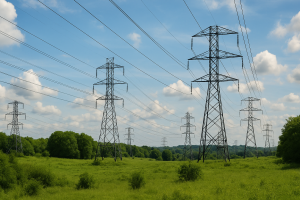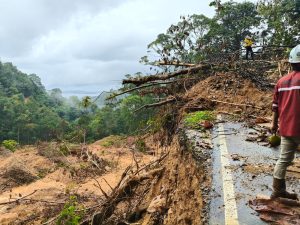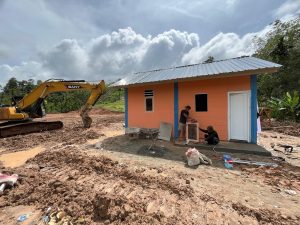Jakarta – In a world grappling with the dual challenges of climate change and economic instability, a recent report sheds light on the urgent need for increased environmental investment in emerging markets and developing economies (EMDEs), which are currently hindered by a vicious cycle of extreme weather, financial instability, unsustainable debt levels, and high capital costs.
This research underscores the global community’s critical juncture: the need to reconcile fiscal constraints with the pressing imperative of environmental investment. Authored by Rebecca Ray and B. Alexander Simmons and published by Boston University’s Global Development Policy Center, the report titled “Now or Never: Mobilizing Capital for Climate and Conservation in a Debt-Constrained World” offers a comprehensive analysis of the fiscal landscape faced by 108 EMDEs, juxtaposing their ability to mobilise foreign capital against the backdrop of their significant environmental investment needs up to the year 2030.
The report categorises these countries based on their fiscal health into three distinct groups: those under debt stress, those facing capital market constraints, and those with access to capital markets. A staggering 95 countries face debt stress or prohibitive capital costs, significantly limiting their capacity to attract foreign capital necessary for their environmental investment goals. Among these, 91 EMDEs have environmental investment needs or opportunities that surpass the global median in at least one of four key areas: climate change vulnerability, emission reduction targets under the Paris Agreement, and expanding protected areas on land and in coastal waters.
The report finds that 62 countries urgently need debt restructuring or are already undergoing this process. These nations bear the brunt of higher debt service burdens as a share of projected government revenue and exports, encompassing most of Africa and Oceania and countries from every global region. The report highlights that many countries are highly vulnerable to climate change, emphasising the dire need for new liquidity, substantial debt relief, and financing at very low costs.
Capital market constraints
An additional 33 countries, though not in immediate need of restructuring, are hampered by capital market constraints, where borrowing costs exceed growth projections, and sovereign bond ratings fall below “investment grade.” The report suggests that these countries require new liquidity and credit enhancements to secure financing that keeps their future debt sustainability intact.
The analysis makes it clear that immediate action is vital. For countries in debt distress, comprehensive debt relief is paramount. For those not in distress, reducing capital costs is crucial. The report advocates for a stepwise increase in liquidity and development finance levels and debt relief measures directly linked to climate and development investments as essential reforms to address this pressing issue. (nsh)














